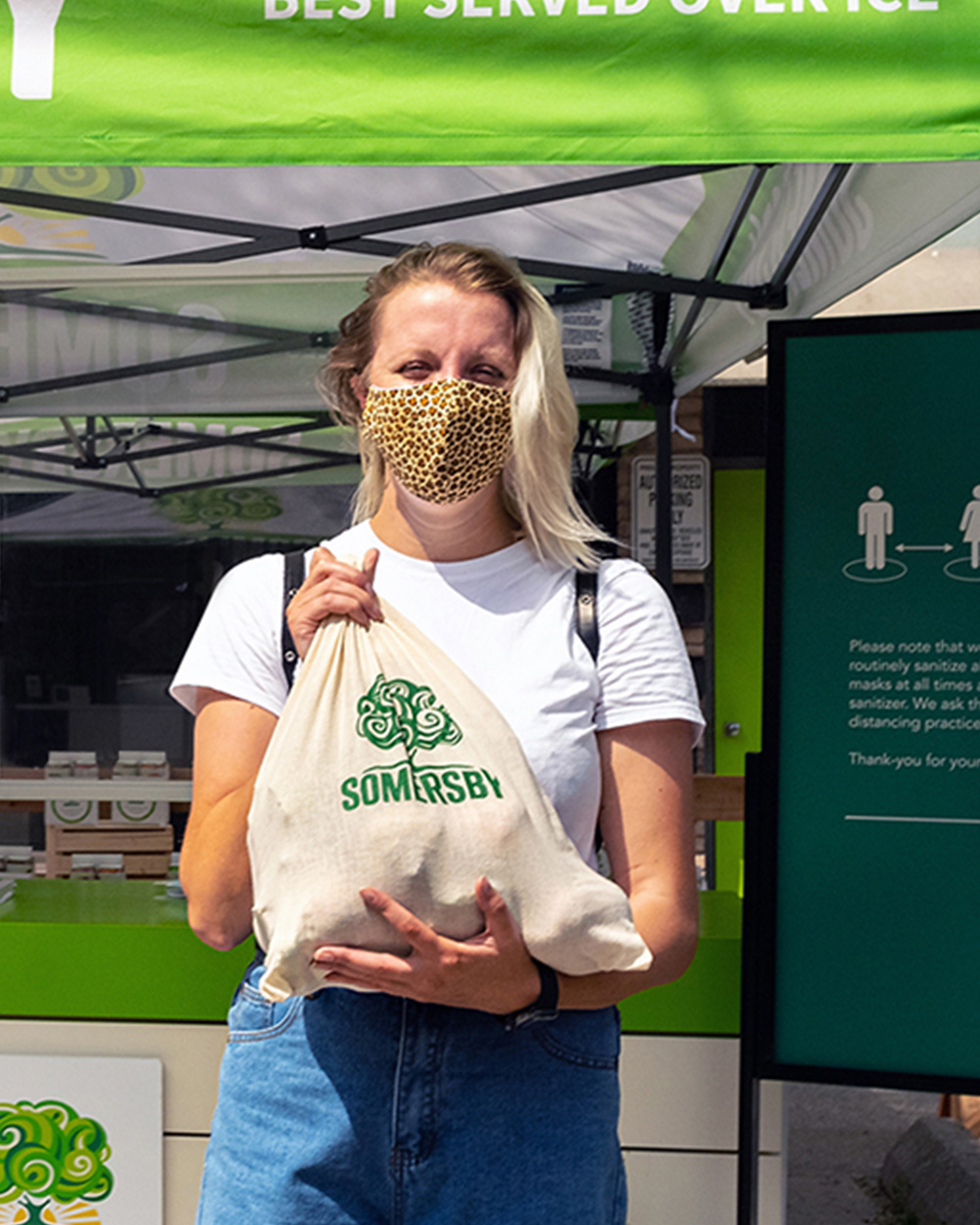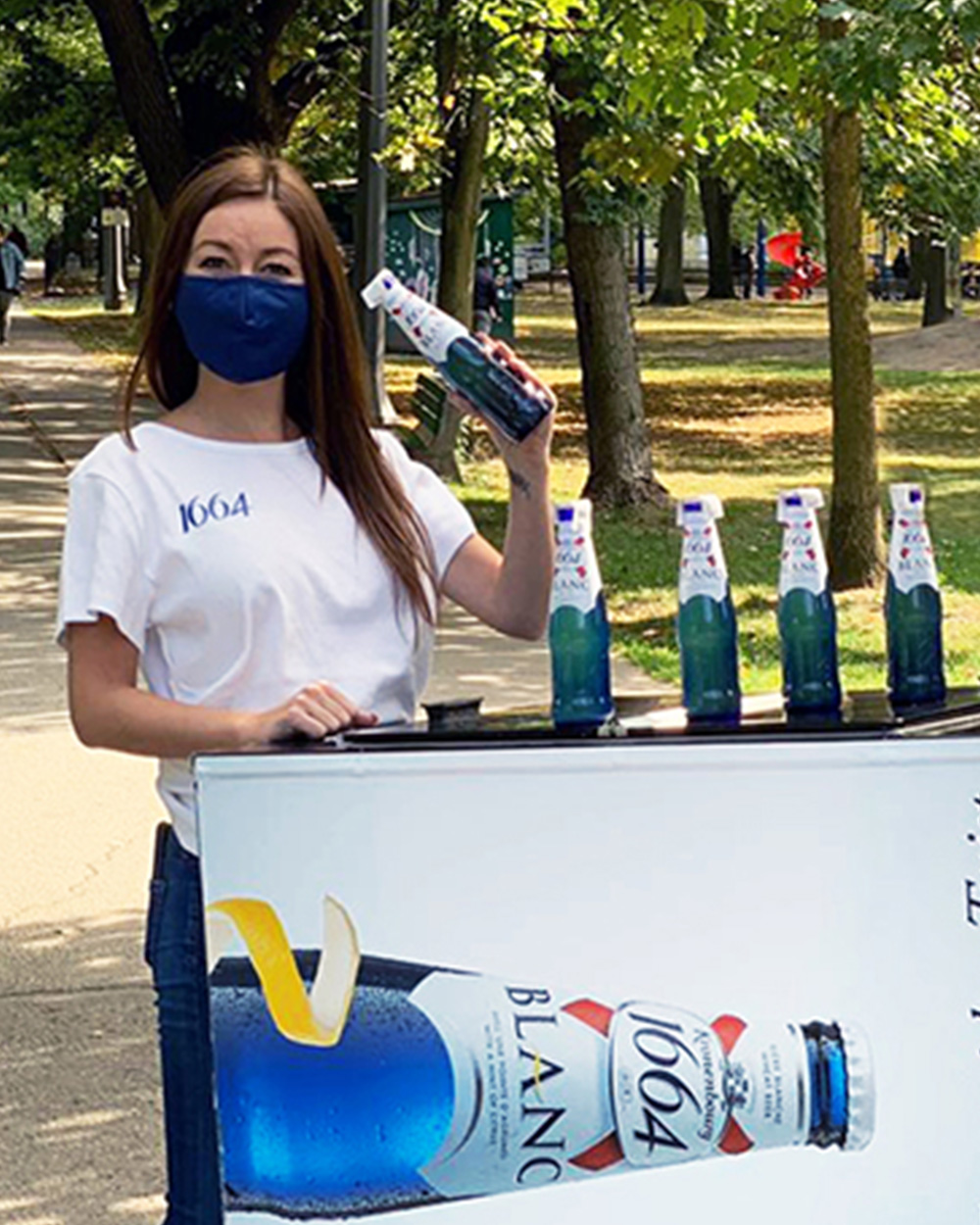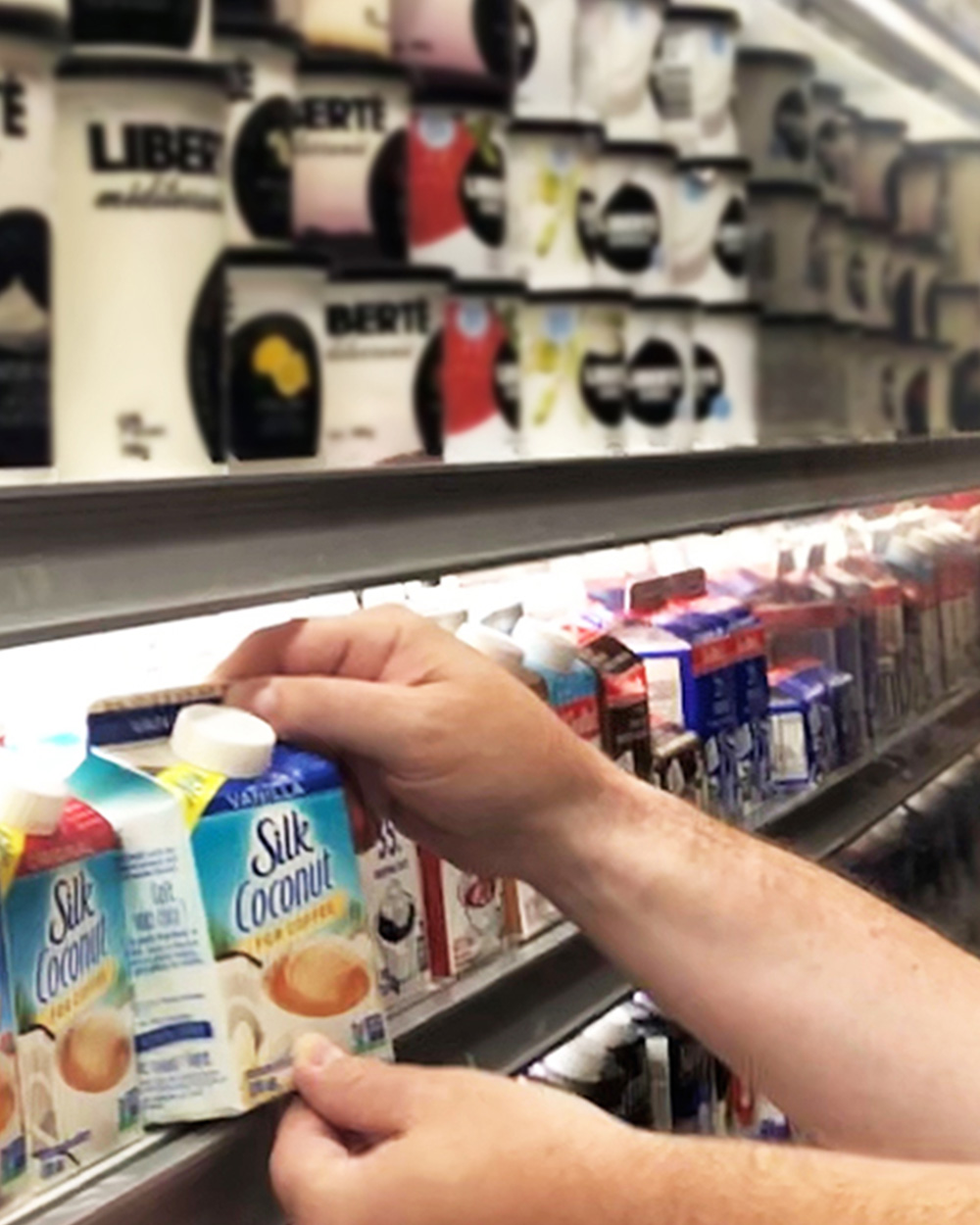Guide to Experiential Marketing for 2021
What Is Experiential Marketing?
We often think of experiential marketing (XM) as fully immersive face-to-face brand experiences that occur in public spaces. Things like flashy festival and event activations, branded public stunts, and in-store shopper marketing initiatives like sampling. And though these are indeed examples of experiential marketing, the true scope of XM is much broader.
XM is actually an entire marketing channel (on and offline) that exists outside of traditional media channels, and focuses on immersing consumers in a branded experience. Its activations should generate awareness, engage consumers, and help build brand loyalty. The best experiential marketing activations deliver story-worthy experiences that will evoke an emotional response that will stick with consumers, be shared by consumers, and entice other consumers to engage with your brand. For the experiences to be story-worthy and emotionally evocative, however, they must respond to consumer needs, not to brand objectives.
How Has Experiential Marketing Changed?
In a world where social distancing and masks dominate the social landscape for the foreseeable future, consumer needs have changed and some of the most common XM activations are simply not feasible in their original form. The festivals, conventions and other major events that brands leverage for the most elaborate (and often most expensive) activations have been postponed; consumers are spending less time in stores, or none at all as they opt for the convenience and added precaution of click-and-collect or delivery; a smooth-talking brand ambassador is now another potentially hazardous point of contact; and in-store sampling is an uncomfortable thought.
Essentially, a lot of classic offline XM options are on hold. Brands, you, must find new ways to adapt your marketing activities or move them online, or else you risk losing your audience’s attention. Is your experiential marketing agency up to the task of keeping your audience engaged?
Let’s take a look at how experiential marketing can exist in the context of a pandemic and beyond.

Contactless Experiences
You’ve probably experienced some form of traditional ‘contactless’ experiential marketing if you’ve ever used a kiosk. Kiosks take the place of a brand ambassador, allowing a consumer to self-navigate to the information they need. We can expect to see the use of kiosks by brands becoming more widespread, but many other experiences we’ve taken for granted are being re-approached from a contactless perspective. In a Covid world, contactless is ideal, and the convenience of these experiences are likely to resonate far beyond the current pandemic.
Click-and-collect and delivery has already become a popular option for grocery and pharmacy purchases, and it presents a number of opportunities for brands as well. Covid is driving more consumers online for their shopping, so your brand and/or ecommerce site should be optimized to provide the smoothest and most engaging user experience possible. But the brand experience shouldn’t end there. Order tracking, packaging and ECRM follow-ups are all opportunities to continue your brand’s narrative and grow your relationship with the consumer. For big brands distributed in major retail accounts, consider branded baskets and bags that the retailer can use to pack customers’ orders.
Contactless also presents opportunities for sampling. Consider strategic partnerships with brand/category relevant products, where bundle sampling makes sense, or with stores offering the click and collect service to surprise and delight consumers with well-branded samples in their purchase.
Brand Ambassadors
Brand ambassadors (BAs), when properly trained, are the most valuable touchpoint for your brand. They offer a personable and adaptive brand experience for consumers – an actual face to your brand – and possess the people skills and target-audience knowledge necessary to engage the consumers you want to win over. But when the BA needs to be masked and at least six feet away, the most personal form of XM suddenly seems rather impersonal.
Your potential customers want to feel safe, so set up your BA behind a glass or acrylic divider to make them more approachable. Don’t look at masks as enforced anonymity – look at it as an opportunity to use style, colour and other elements to further communicate your brand. If you have leave-behind material like cards and brochures, keep things more hygienic by ensuring that only the BA controls distribution. Consider an interactive demonstration role – a BA walking consumers through a digital experience on their mobile phones, for example.

Go Mobile
Not phone, but OG mobile. Take to the streets and put yourself near consumers in a way where you can be seen, communicate your offer and be approached safely. Whether sampling, offering an educational experience or even transactional, bikes and food trucks are approachable branded spaces that consumers already have an understanding of. There is no need to communicate that it is safe to approach – we already understand how food trucks and bikes work.
Good signage, well-spaced brand ambassadors and an eye-catching wrap on your vehicle will help consumers experience your brand at whatever distance makes them comfortable. Depending on market and intent, this can often be done without a permit.
Sampling
Sampling is an effective way to build awareness and encourage trial. It puts the product directly into consumers’ hands, often accompanied by a face-to-face engagement with a brand ambassador to reinforce the brand experience. But in a post-pandemic world, no one wants to try anything from the bottle of wine that’s been sitting open in the middle of a busy liquor store, handled every couple minutes by a brand ambassador or store clerk (i.e. a stranger).
Instead, think about alternate ways to get your audience to try your product. Sealed samples delivered to your door, for example. Through a qualified experiential delivery service, you’ll be able to ensure you’re getting your product into the right consumer hands [i.e. higher likelihood to convert], create a customized sampling experience [through packaging and brand-relevant value ads], and walk away with actionable insights [almost in real time].

Trade Tools
Consumers are our first thought when we consider experiential marketing, but tactics can and should be adapted for B2B as well. In the absence of a brand ambassador or digital equivalent, you must rely on the store clerk to communicate your brand. Of course, the clerk has hundreds, if not thousands, of other brands taking up space in their brain. For clerks to learn, retain and communicate the right information requires strong engagement with your brand’s trade representative and the tools they provide. In the midst of a pandemic, however, trade reps are reducing or eliminating the amount of time they spend physically in the store, and the tools are often ignored by clerks.
Find ways to incentivize clerks, bar staff, account managers and owners alike to educate themselves about your brand. Offer online quizzes that are easy to access, educate the user on your brand’s value proposition or product benefits, and reward them for staying engaged. Integrating augmented reality or virtual reality into store displays or promotional materials will keep key account stakeholders entertained and engaged, and your brand top of mind. Use video chat services like Zoom and Whatsapp to maintain safety protocols without sacrificing the benefits of face-to-face conversation.
Using Space
Recently, everything looks a bit bigger and feels a bit smaller. Public indoor venues are working at 25% to 50% capacity [depending on region], with tables spaced farther apart and the floor more visible than ever. Restaurants and bars that never had outdoor seating have started to expand their footprint to makeshift patios, offering their customers the reassurance of not being in an enclosed space with strangers. When indoor seating options eventually return to normal, the outdoor options will not disappear, as restaurants will have built an infrastructure around this revenue stream.
If you’re looking to build a movable, modular activation that can live in many settings, you’ll want ample branded outdoor space to keep your visitors feeling safe and your brand clearly visible. This will not only add to your visitors’ brand experience, but it will also entice passersby. Consider how white space and minimalism can communicate modernity and elegance, and use the restrictions of the pandemic as an opportunity to elevate your brand.